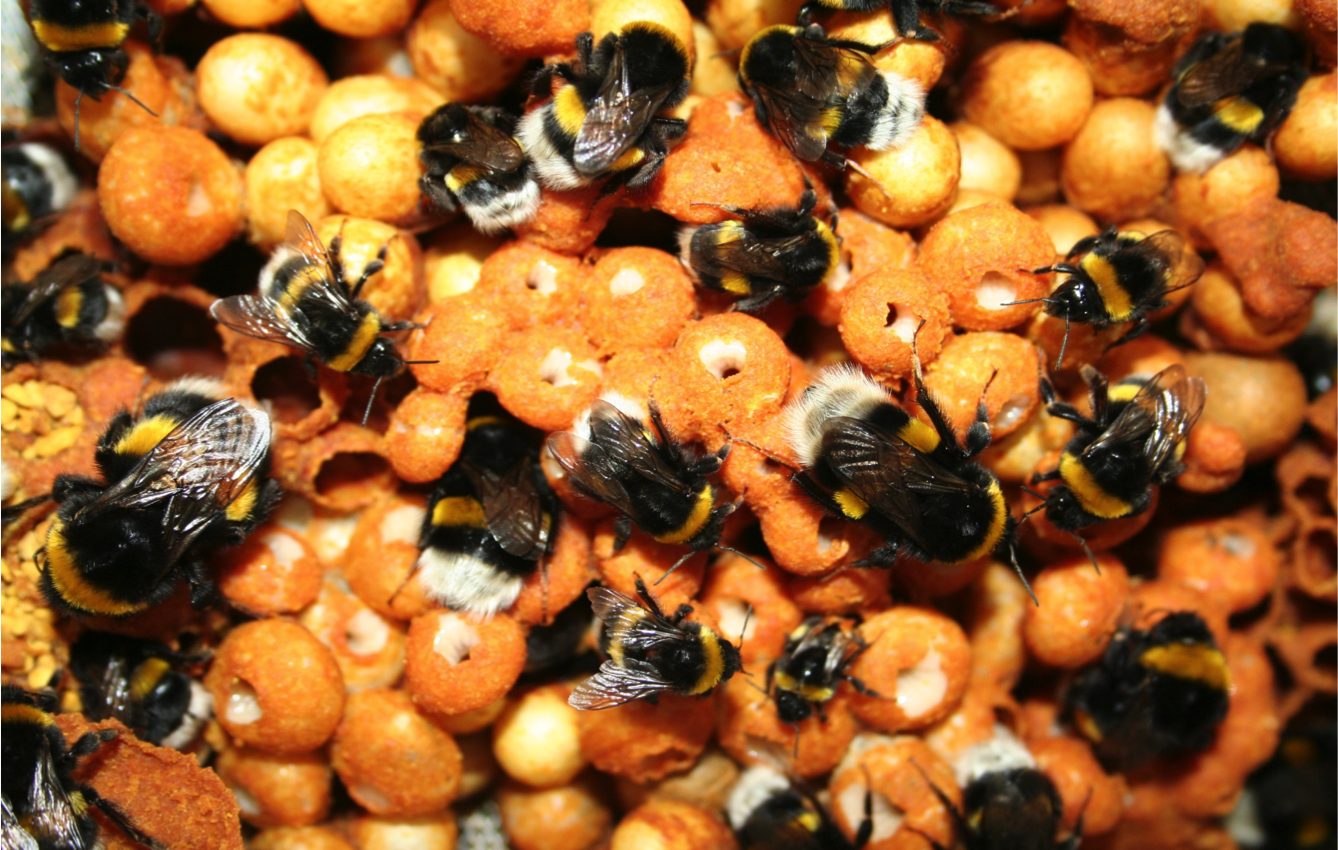
Pesticides affect bees on a molecular level
Pesticides affect bees on a molecular level. An unprecedented study led by Queen Mary University of London has revealed that the chemicals in pesticides affect bees on a molecular level. The researchers are calling for improved regulations on pesticides after discovering that they alter the gene activity among bumblebees.
The researchers used a new approach to analyze potential changes in the 12,000 genes of bumblebees after pesticide exposure. According to the study authors, the genes that were noticeably affected are most likely involved in a range of biological processes.
“Governments had approved what they thought were ‘safe’ levels but pesticides intoxicate many pollinators, reducing their dexterity and cognition and ultimately survival,” said study lead author Dr. Yannick Wurm. “This is a major risk because pollinators are declining worldwide yet are essential for maintaining the stability of the ecosystem and for pollinating crops.”
“While newer pesticide evaluation aims to consider the impact on behavior, our work demonstrates a highly sensitive approach that can dramatically improve how we evaluate the effects of pesticides.”
For their investigation, the team exposed colonies of bumblebees to either clothianidin or imidacloprid at realistic concentrations. The experts found clothianidin had much stronger effects than imidacloprid. Both of these pesticides are still used worldwide, but were banned for outdoor use by the European Union in 2018.
Among worker bumblebees, the activity levels of 55 genes were changed by exposure to clothianidin, with 31 genes showing higher levels of activity and the rest showing lower activity levels. Among queen bumblebees, 17 genes were affected, with all but one showing higher levels of activity. The researchers suspect that some of the genes are trying to detoxify, while others are in the intermediate stages of intoxication.
“This shows that worker and queen bumblebees are differently wired and that the pesticides do not affect them in the same way,” said study first author Dr. Joe Colgan. “As workers and queens perform different but complementary activities essential for colony function, improving our understanding of how both types of colony member are affected by pesticides is vital for assessing the risks these chemicals pose.”
“We examined the effects of two pesticides on one species of bumblebee. But hundreds of pesticides are authorized, and their effects are likely to substantially differ across the 200,000 pollinating insect species which also include other bees, wasps, flies, moths, and butterflies.”
The study is published in the journal Molecular Ecology.
—
By Chrissy Sexton, Earth.com Staff Writer
Image Credit: TJ Colgan













